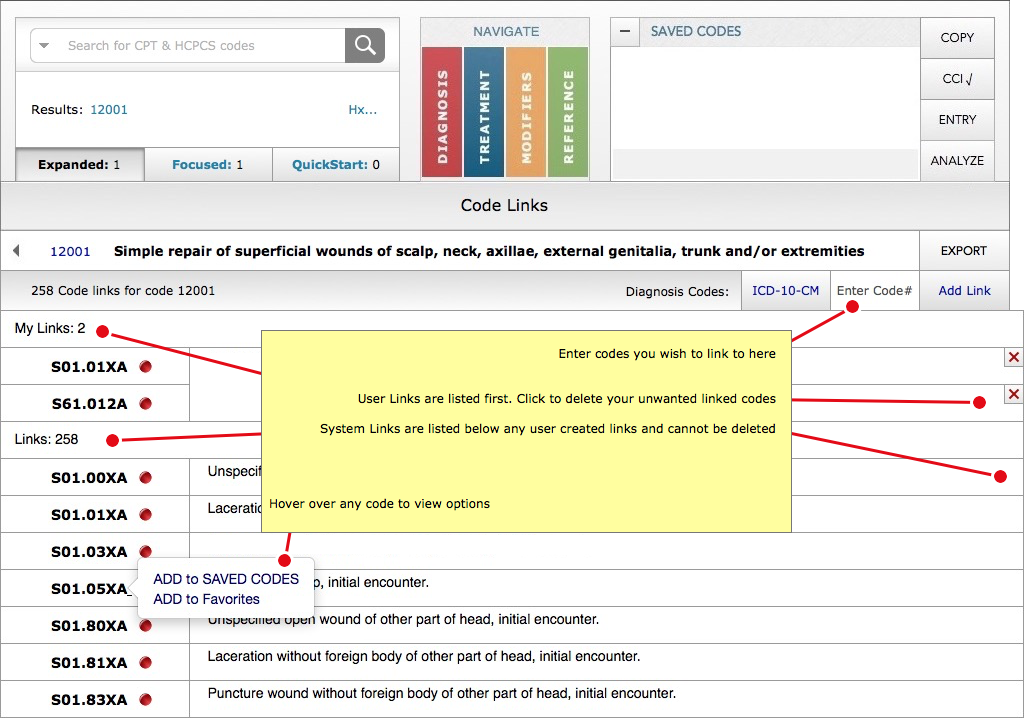

The sixth revision included morbidity and mortality conditions, and its title was modified to reflect the changes: Manual of International Statistical Classification of Diseases, Injuries and Causes of Death (ICD). With the sixth revision, the classification system expanded to two volumes. The revisions that followed contained minor changes, until the sixth revision of the classification system. The book was small compared with current coding texts. At that time the classification system was contained in one book, which included an Alphabetic Index as well as a Tabular List. As a result, the first international conference to revise the International Classification of Causes of Death convened in 1900 with revisions occurring every ten years thereafter. The APHA also recommended revising the system every ten years to ensure the system remained current with medical practice advances. Bertillon’s system, and in 1898, the American Public Health Association (APHA) recommended that the registrars of Canada, Mexico, and the United States also adopt it. In 1893, a French physician, Jacques Bertillon, introduced the Bertillon Classification of Causes of Death at the International Statistical Institute in Chicago. The International Classification of Diseases (ICD) was designed to promote international comparability in the collection, processing, classification, and presentation of morbidity and mortality statistics.

The years for which causes of death in the United States have been classified by each revision as follows: To date, there have been 10 versions of the ICD, with the ICD-10 developed in 1992 to track mortality statistics. The current ICD-9-CM has been revised to incorporate changes in the medical field.
#Flashcode icd9 code#
Commonly disputed by healthcare providers as billing code and not representative of true clinical outcomes, the ICD-9 transforms verbal descriptions of diseases, injuries, and procedures into numbers. The International Classification of Diseases and Related Health Problems (commonly known by the abbreviation ICD) are designed to promote international comparability in the collection, processing, classification, and presentation of morbidity and mortality statistics. 1.6.3 Conversion between ICD-9-CM-A and ICD-10-AM.1 International Classification of Diseases.


 0 kommentar(er)
0 kommentar(er)
